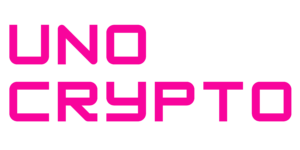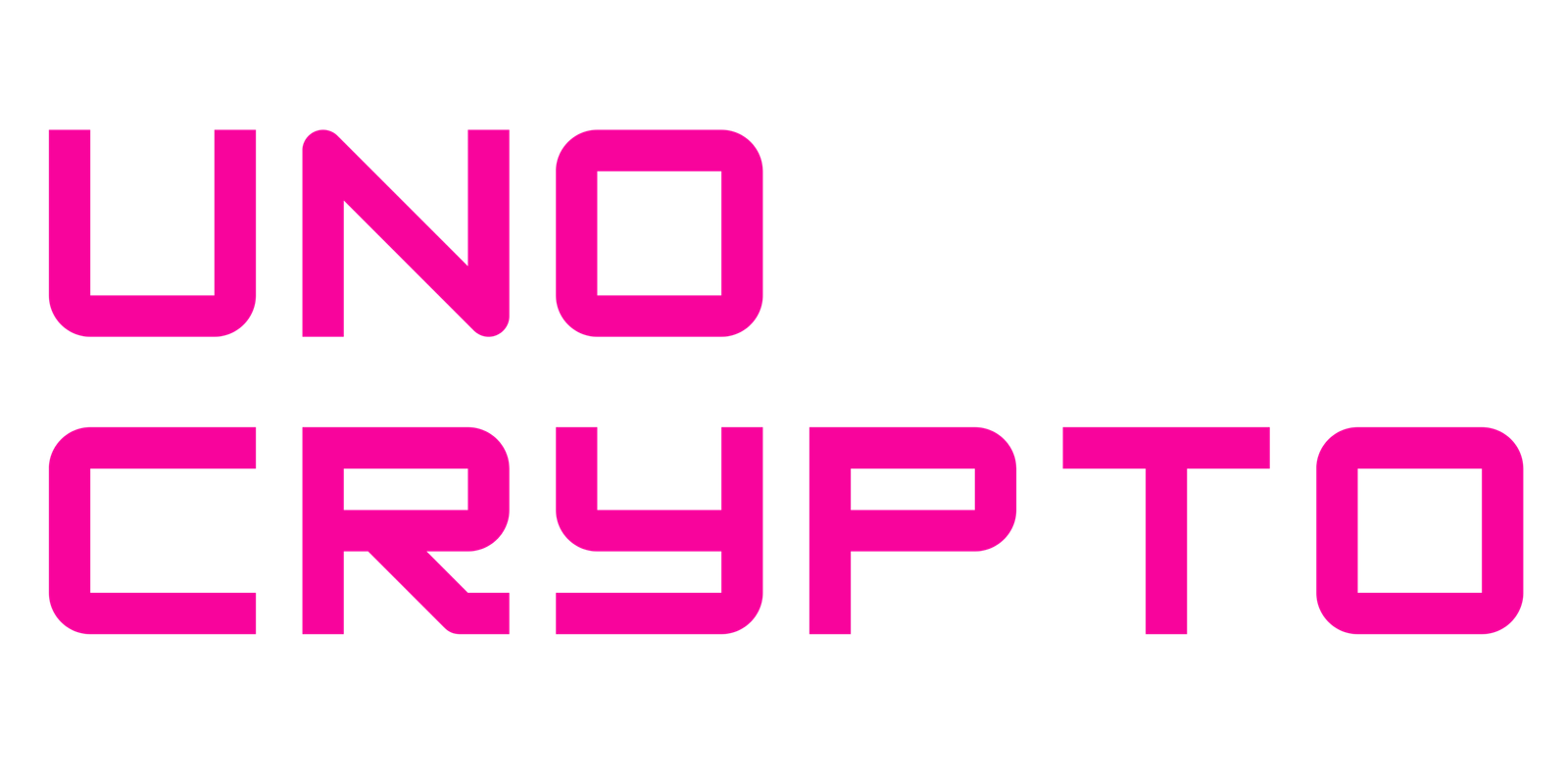World Liberty Financial passed a governance vote on Thursday to funnel 100% of its treasury liquidity fees into WLFI token buybacks and burns, a move meant to cut supply and lift price after weak performance since launch.
The plan won overwhelming support, with 99.8% in favour and just 0.06% opposed. The proposal directs the protocol to gather liquidity from Ethereum, BNB Chain and Solana to purchase WLFI on open markets and send purchased tokens to a burn address for permanent removal.
Governance vote
The community backed the measure almost unanimously, and the vote will serve as the base of WLFI’s buyback program.
According to the proposal, the aim is to remove tokens held by parties not aligned with long-term growth and to reward holders who remain committed. The plan does not yet include projections for the fees the protocol will collect.
How will buybacks work?
WLFI will pull liquidity positions from three chains, and the fees from those positions will be converted into WLFI on public markets. The tokens bought will go to a burn address so they cannot return to circulation.
Developers say this should lower the circulating supply over time and may increase demand if market interest holds.
Also Read: Donald Trump Reports $57M Income From World Liberty Financial Crypto Venture, Report
Market reaction and launch troubles
The governance move follows a rocky start for the token. WLFI launched on Sept. 1 and fell about 40% within the first three days. That sell-off caused large losses for big holders.
The project burned 47,000,000 tokens on Sept. 3 in an early attempt to stem the drop, but the burn did not stop the slide.
Revenue and impact questions
The proposal lacks a clear estimate of future fee income, and without firm revenue numbers, it is hard to judge how large the buybacks will be or how much effect they will have on price.
The team said it will look for more protocol revenue streams to scale the program, but no specifics were included in the vote text.
Founders and financial fallout
Reports have said the family’s net worth rose by roughly $6 billion after the token debut. Media coverage has also listed former President Donald Trump as a “Co-Founder Emeritus,” with Donald Jr., Eric and Barron Trump named as co-founders.
$WLFI Price Actions
The token’s early price moves and the subsequent governance action have put extra attention on the project and its backers.
After the token burn, the $WLFI price can rise too, given that it is already up by almost 6% in the last 24 hours and is trading at $0.2315. The market cap is at $5.69 billion.

Why are buybacks being used?
Buybacks and burns are common in crypto when teams want to shrink supply and try to support price. The logic is simple. If fewer tokens circulate and demand stays the same or rises, each remaining token could gain value.
The WLFI plan ties that logic to protocol income rather than direct treasury spending. That makes buybacks dependent on how much liquidity and trading fees the protocol actually generates.
Risks and oversight
Relying on liquidity fees brings risk, and if fees are small, buybacks will be small. If trading dries up, the program may not move markets. There is also a transparency issue.
The vote did not give an estimate of likely fees, so outside observers cannot easily model the program’s future impact. That uncertainty adds to questions about whether the move will help long-term holders or mainly shift tokens between hands.
What comes next?
With the vote passed, the protocol will begin collecting liquidity positions on the listed chains and implementing the buyback flow. The team also plans to seek new revenue avenues to increase buyback scale.
Observers will watch trading volumes, fee flow and announced schedules to see if the program can change the token’s trajectory.
Also Read: Trump Family Backed World Liberty Financial Wallet Dumps $8M in Ethereum, Faces $125M Loss


